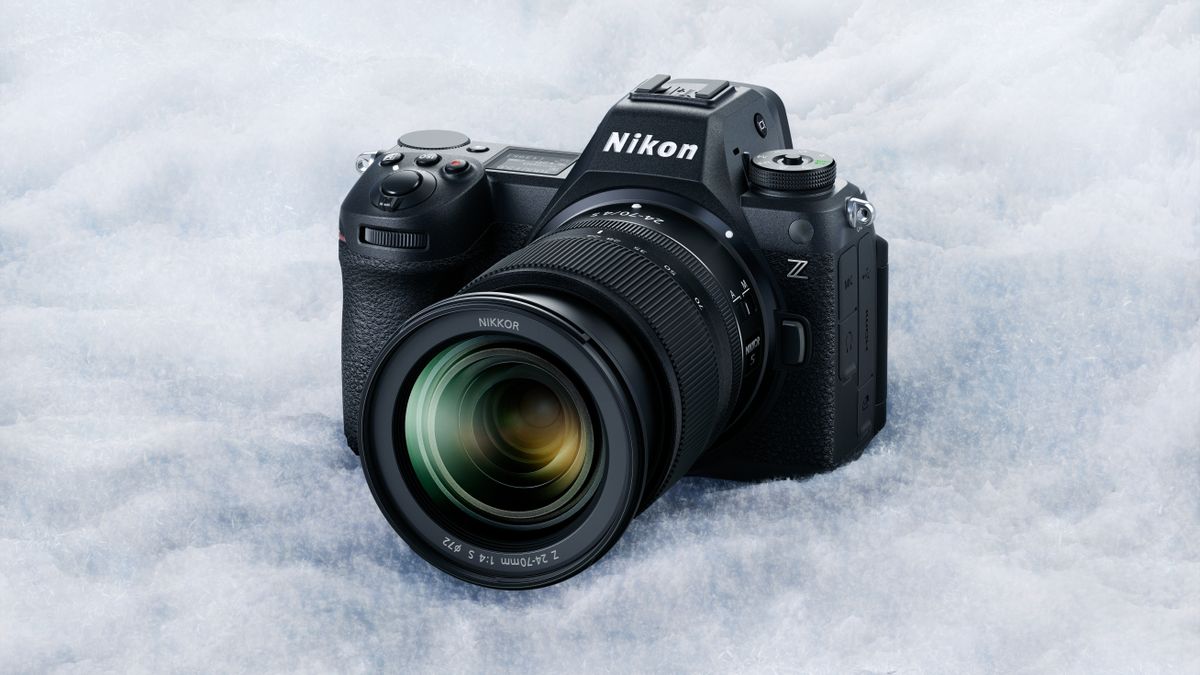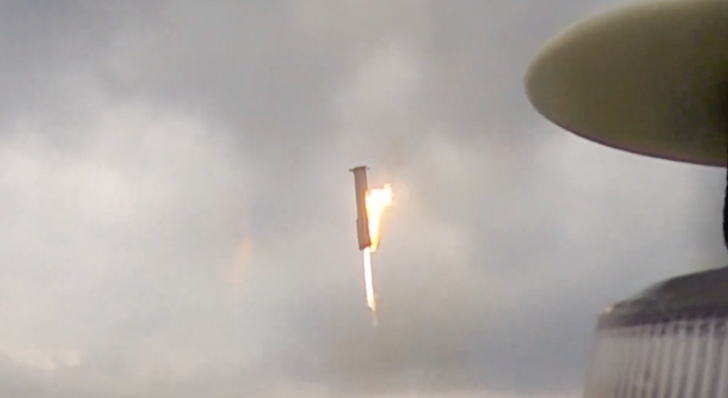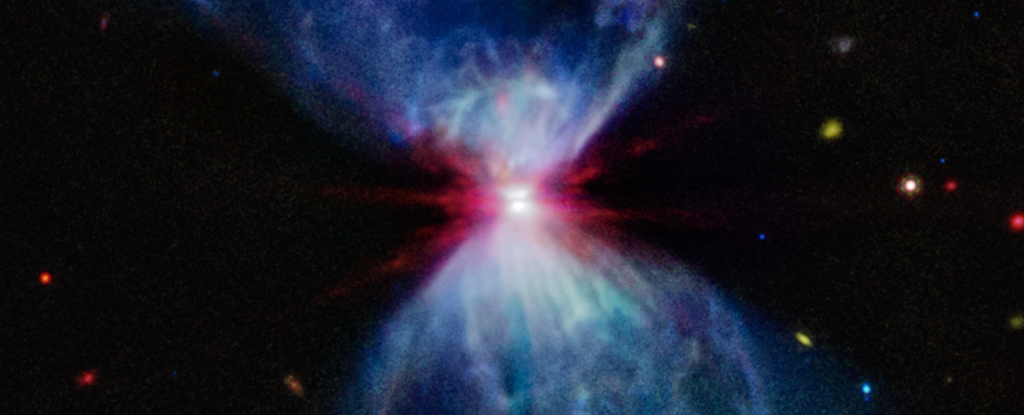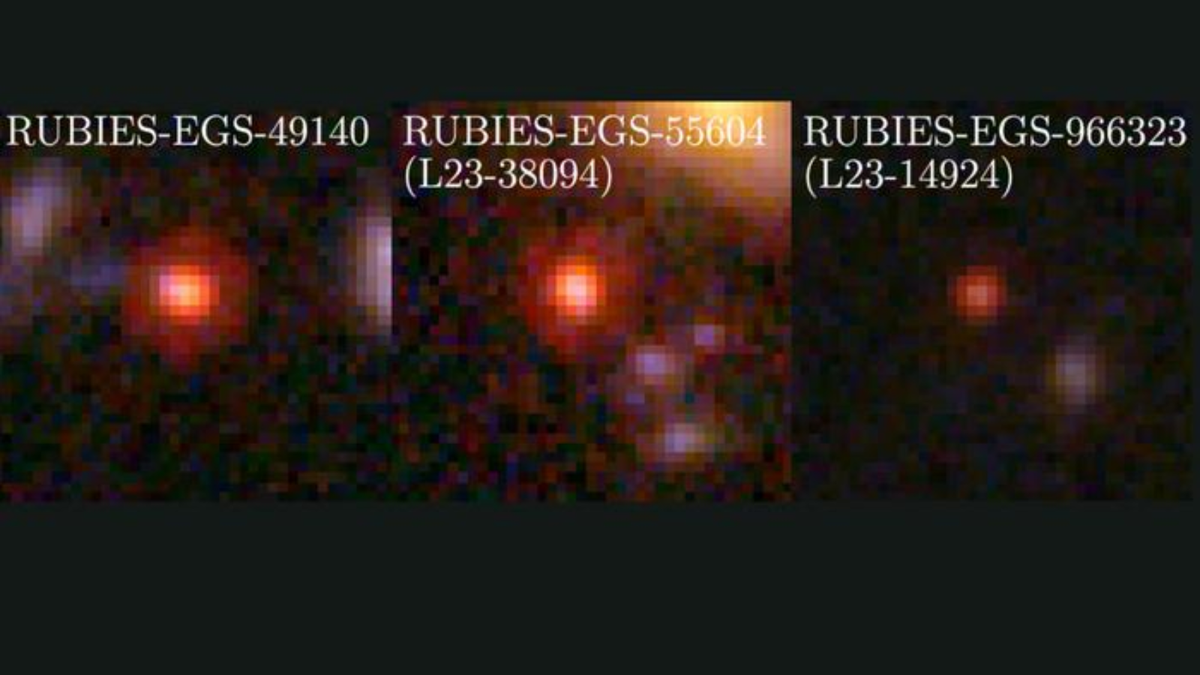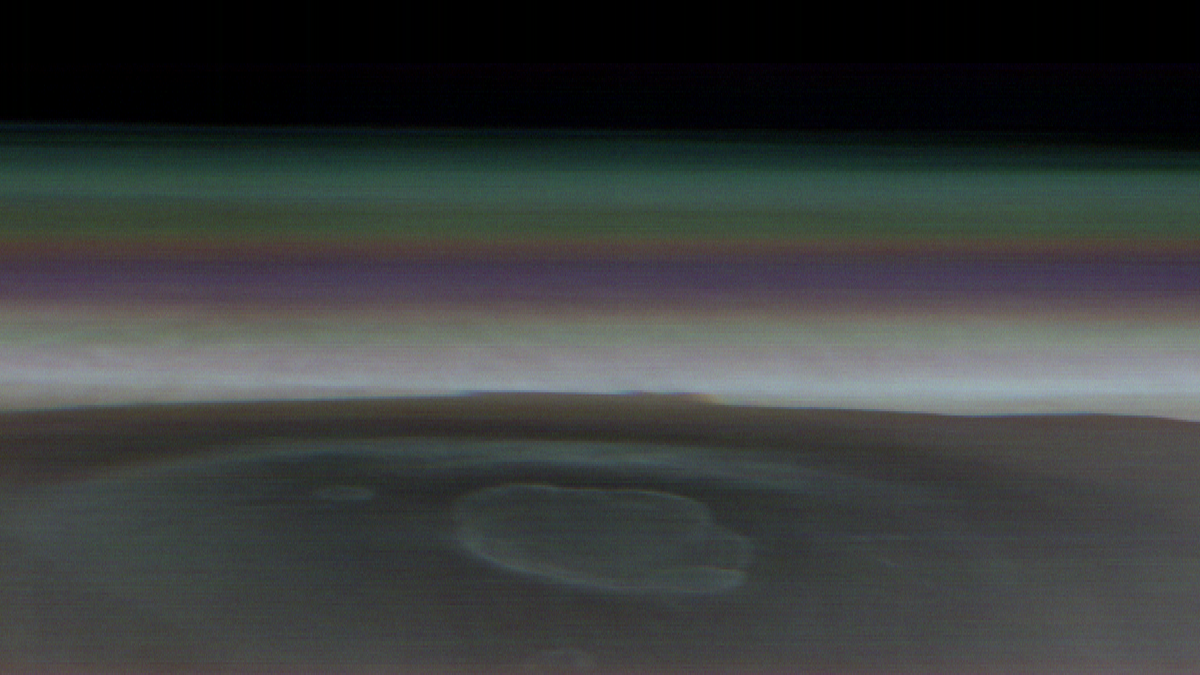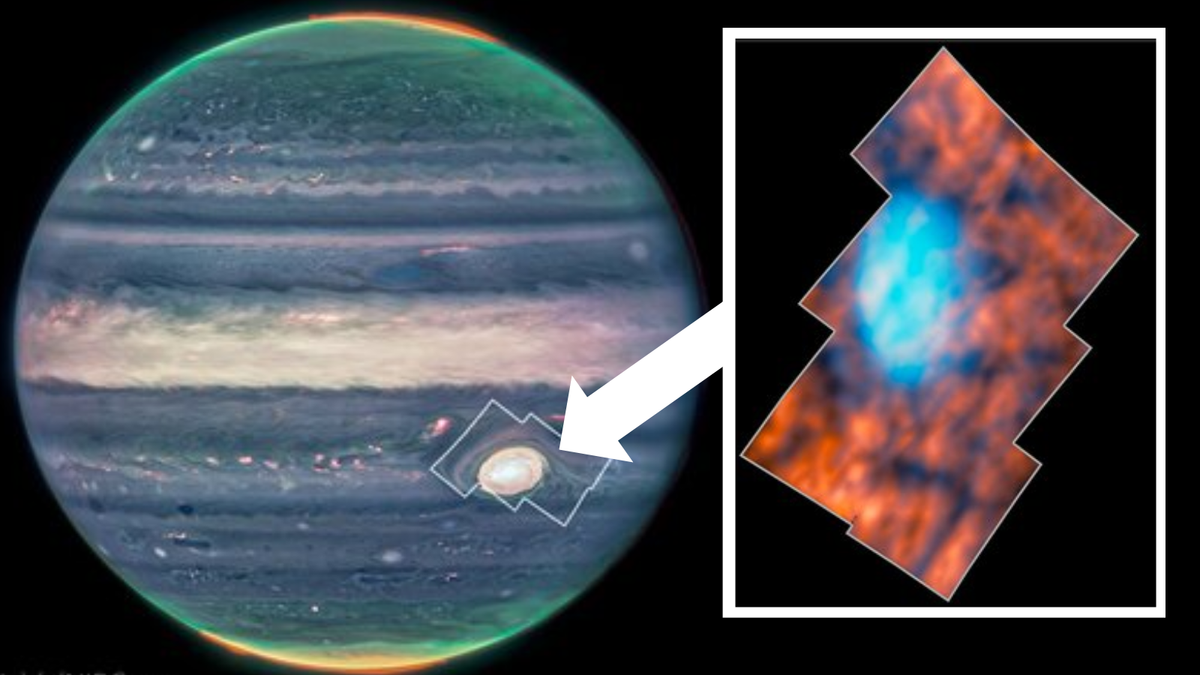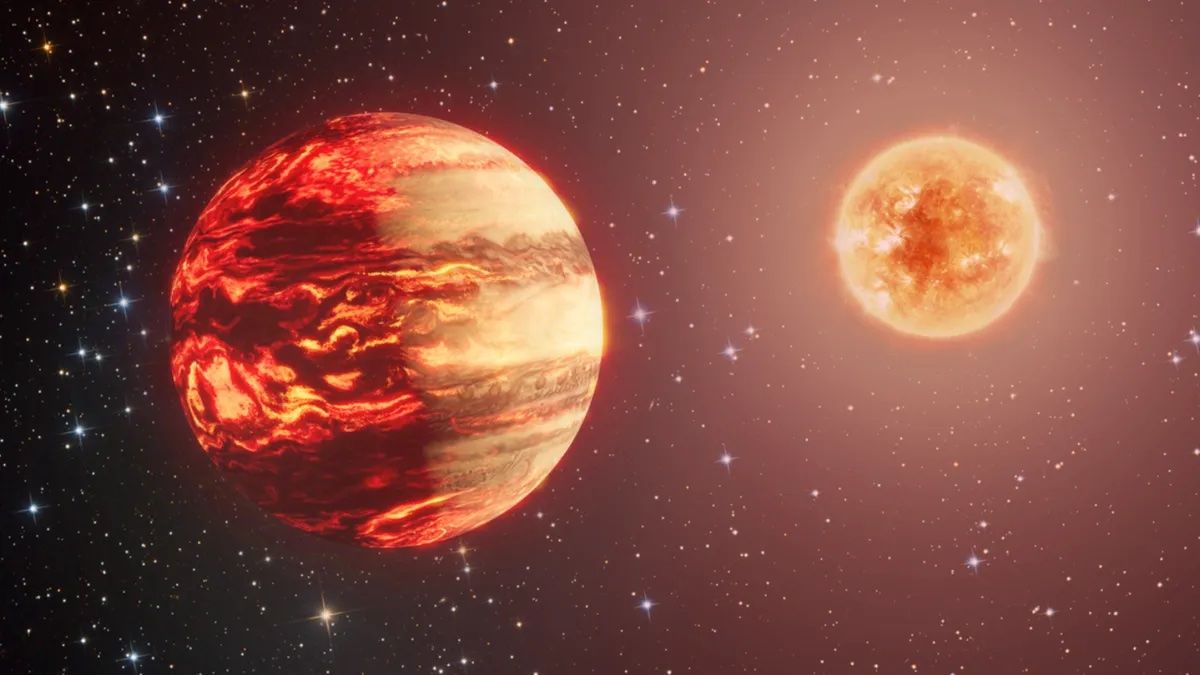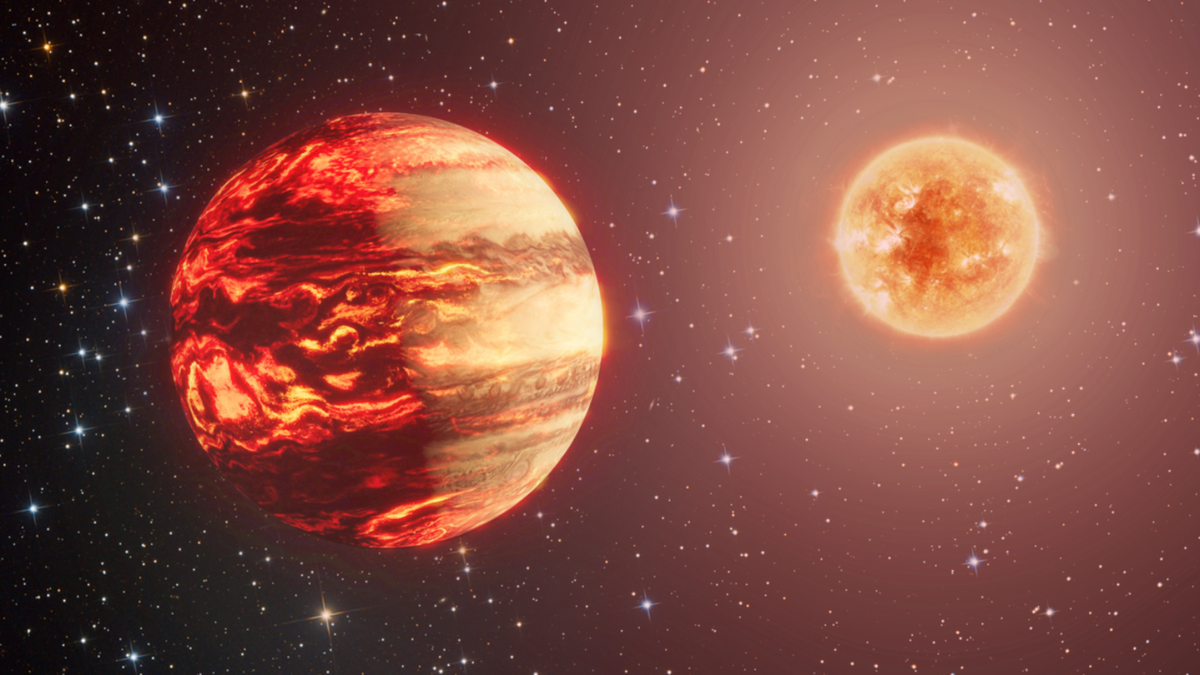Samsung’s new AI image generation tool is a little too good
The pirate ship in Elliott Bay was one thing, but it was a little blurry bee that pushed me over the edge. Samsung likes to tell us (and its shareholders) that its new phones are the most AI-y phones ever AI-ed, and the Fold 6 I’m testing comes with a new tool called “Sketch to … Read more

